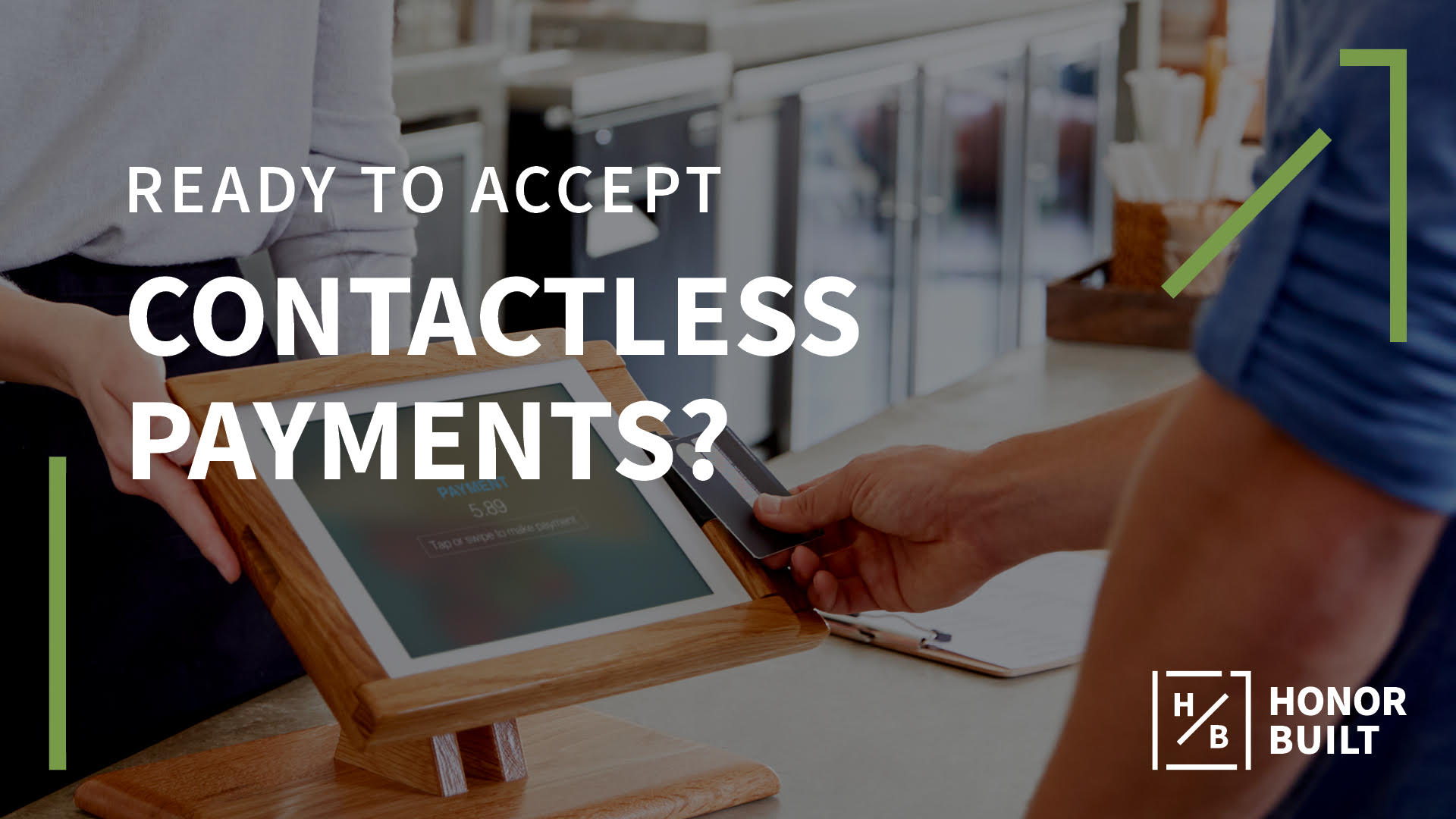As we continue to adapt to life in the pandemic, consumers are looking for ways to enjoy their favorite restaurants and stay safe while doing it. One solution had been there all along: contactless payments.
In the last few years, the number of merchants with contactless EMV systems has increased, but it’s taken the pandemic to drive widespread adoption. With a quick tap-and-go of their wallet or wave of their smartphone, consumers can easily eliminate the risks that come with touching cash and credit card terminals. As a result of this sharp rise in interest, merchants that don’t accept contactless payment options risk getting left behind.
How the pandemic has changed consumer behavior
While contact-free EMV and digital wallets are widely used around the globe, the US has historically lagged in adoption. In 2018, only a fraction of 1% of credit card payments in the US were contactless. Compare that to Australia, the UK, and Canada, where more than 20% of all credit card transactions were contactless in the same period.
The pandemic triggered a significant spike in interest here in the US. According to a survey released in August of 2020, one in five consumers reported using some form of contactless payments for the first time since the pandemic began.
Hygiene now ranks highest among the reasons why consumers choose to go contactless. An Entrust Data survey found that 70% of contactless payment users choose it because of sanitary concerns, while 67% cite transaction speed.
Touch-free technology improves the experience for everyone
In addition to the safety aspect of contact-free payment options, convenience will drive sustained adoption among consumers. Touch-free payments eliminate friction in the checkout process, making it likely that if a customer uses it once, they’ll continue. In the survey mentioned above, 57% of consumers say they plan to continue to use touch-free payments even after the pandemic is over.
In quick-service and fast casual restaurants, where every incremental convenience makes a significant impact on the consumer experience, accepting contactless payments is a worthy investment. It reduces the time your employees spend on handling cash and receipts, while still providing the same level of dynamic security provided by chip cards.
From an ongoing maintenance perspective, accepting contactless payments doesn’t require any additional maintenance than a traditional POS system. In fact, the PCI Security Council recently released new standards that actually allow merchants to accept contactless payments via off-the-shelf mobile devices.
Implementing contactless credit card payments effectively
Minor frustrations can undermine the convenience of the contactless experience. To drive adoption, your installation process should include clear signage that notifies customers that contact-free options are available. Signage should also indicate the ideal location on the POS device where the customer should tap their card or device.
Additionally, your employees will need training on the experience from the customer’s point of view. A lack of familiarity will slow down response time (and therefore service speed) when customers ask questions. Having familiarity with the prompts customers see, as well as the ideal location for tapping, makes it easier for employees to answer those questions.
Choosing an installation and support vendor
One common mistake merchants make when implementing contactless EMV is taking the do-it-yourself route. They think that the installation process will be simple. But the fact that multiple partners are involved with technology and terminology unfamiliar to restaurant employees can be a recipe for frustration. Implementing contactless payments involves the payment processor, your IT infrastructure, internal finance department, and the POS itself.
Bringing in a partner who understands how each piece of the puzzle comes together will prevent issues in installation. Planning and experience are key. Problems can arise along the way, so it’s good to have a partner onsite who has encountered those issues before and knows how to work through them.
Look for partners who offer project coordination and staging because both will reduce downtime in the restaurant and the time technicians spend on site at your locations. Ideally, your vendor should stage and coordinate all other suppliers to make the installation process as smooth and efficient as possible on your end.
Ready to start accepting contact-free payments?
HonorBuilt’s Field Rollout team can quickly and accurately deploy contact-free EMV and digital wallet technology in your locations nationwide. Large deployments are our specialty. Because we order, warehouse, stage, project manage, and install using only our skilled full-time employees, every installation follows the same protocols and meets the same high standards for quality. Our priorities are speed and accuracy so you can begin accepting contactless payments quickly with minimal disruption.

